Budget-friendly Gardening

L.J.
Environmental Advocate

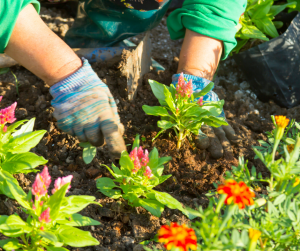
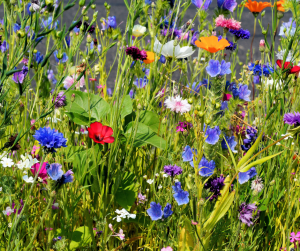
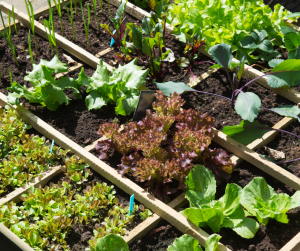
You don’t need a big budget to create a beautiful garden – just a bit of creativity, patience, and a willingness to get your hands dirty.
Whether you’re working with a tiny balcony or a spacious backyard, sticking to your budget might seem challenging at first. But with some smart and savvy strategies, it is absolutely possible to enhance your green space without breaking the bank.
This post will suggest some simple but cost effective gardening tips that prove you don’t need to spend a lot, to grow a lot.
Contents
Use what you have
Before you add those expensive pots and planters to your basket, take a look around – your garden, garage, kitchen, or even your recycling bin may hold hidden treasures. Gardening on a budget often begins by reimagining things you already own.
- That bucket with a broken handle can easily be repurposed as a rustic planter.
- An old egg box can make a perfect biodegradable seed tray.
- Even worn-out wellies can become quirky flowerpots.
- Got an old wooden pallet? Turn it into a vertical herb garden or use it as a frame or trellis to support climbing plants.
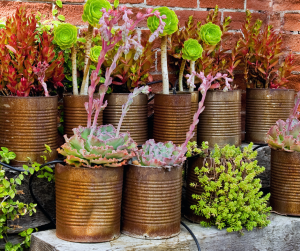
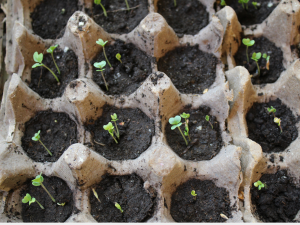
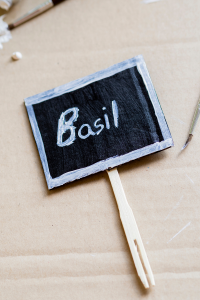

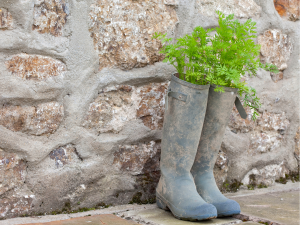
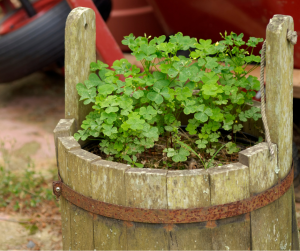
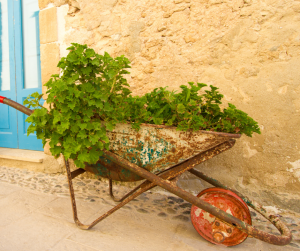
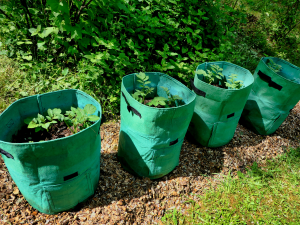
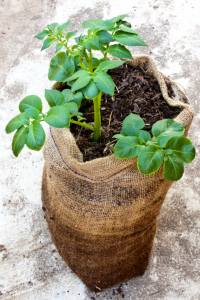
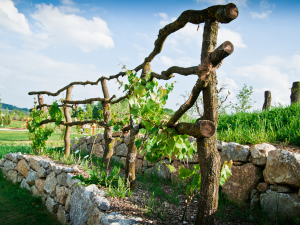
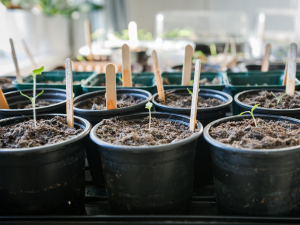
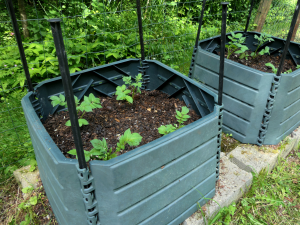
- When pruning trees and shrubs, don’t toss those sticks and branches – they can be used to support young plants or create simple plant cages to protect seedlings from animals.
- Instead of buying plant markers or labels, get creative with items you have around the house (or from your recycling bin):
Old lolly sticks, smooth pebbles or stones, outdated and damaged CDs or DVDs, and broken plastic containers can make great alternatives. Write on them with a permanent marker or try painting them for a personal touch. - Clean, empty jam jars can be repurposed for seed storage– just be sure to wash and dry them thoroughly to prevent mould and moisture damage.
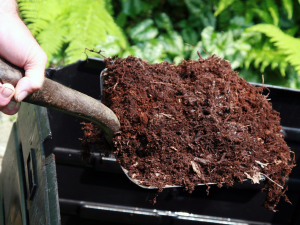
Make your own compost!
I cannot say this enough – your kitchen and garden waste can be transformed into nutrient-rich compost will saves money and boosts plant health. Whether you want something low-maintenance or hands-on, there is a composting method for everyone.
Check out the guide on composters to find out which would suit your needs.
Using what you have not only saves money – it adds personality to your garden, reduces waste, and is kinder to the planet.
Choose Perennials!
If you are looking to create a vibrant garden that lasts year after year, perennials are your best friend. Unlike annuals, which need replanting every year, perennials return season after season (usually with minimal maintenance!).
This can save you money, time and effort. It is environmentally friendly as they provide long-term food and shelter for pollinators.
With a vast variety of perennial plants, there’s a perennial for every spot of your garden.
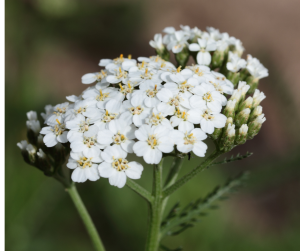
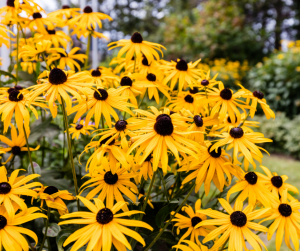
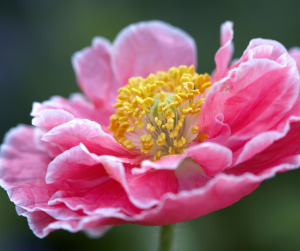
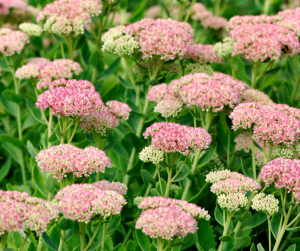
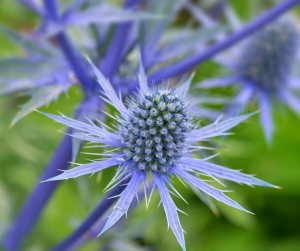
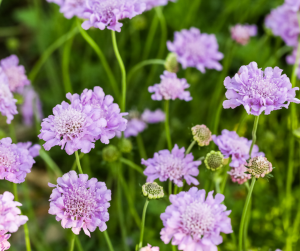
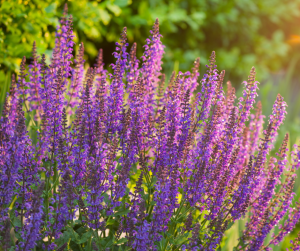
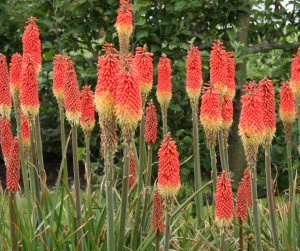
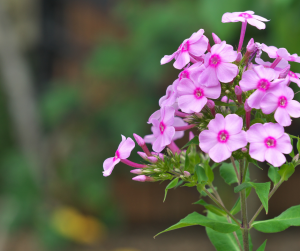
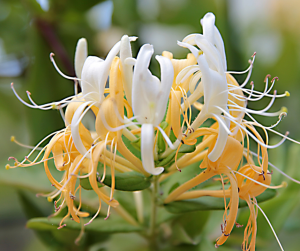
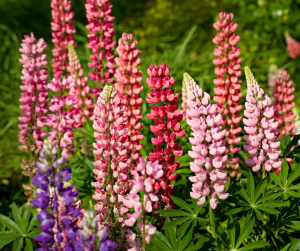
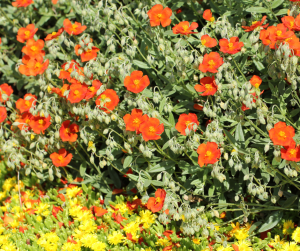
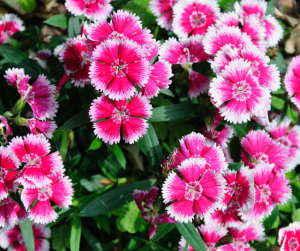
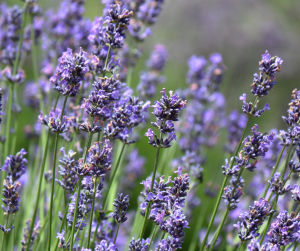
Perennial Crops
If you’re gardening on a budget then perennial crops are a brilliant long-term investment.
These are plants that return year after year (usually with minimal maintenance!).
Some of the most popular and easy-to-grow perennial crops:
- Rhubarb
- Asparagus
- Chives
- Herbs – mint, thyme, oregano,
- Strawberries
Many of these can produce a bigger crop each year and are well suited to low-maintenance gardens.
Adding perennial crops to your garden doesn’t just reduce your annual costs, but many improve soil health and supports pollinators.
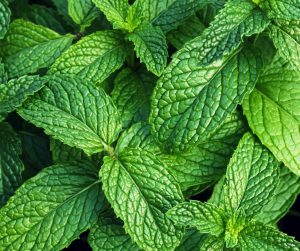
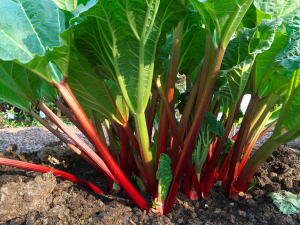
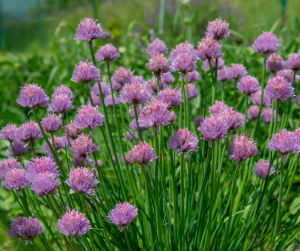
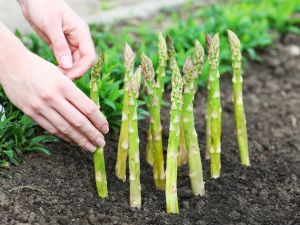
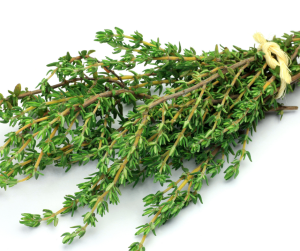
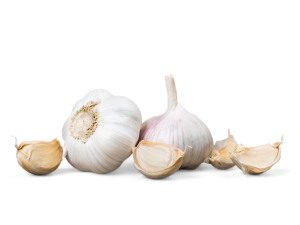
Fruit trees and bushes
Fruit trees and bushes may seem like an expensive investment, but they’re an amazing cost-effective addition to your garden.
Why choose fruit trees or bushes?
Long term value:
Buy once, harvest for years.
Low maintenance:
Once established, most need minimal care.
Eco-friendly:
Growing your own is a great way to reduce your foods carbon footprint.
Space-Saving Options
You don’t need a huge garden; there are space-saver options available - from dwarf trees that thrive in pots to compact berry bushes or canes.
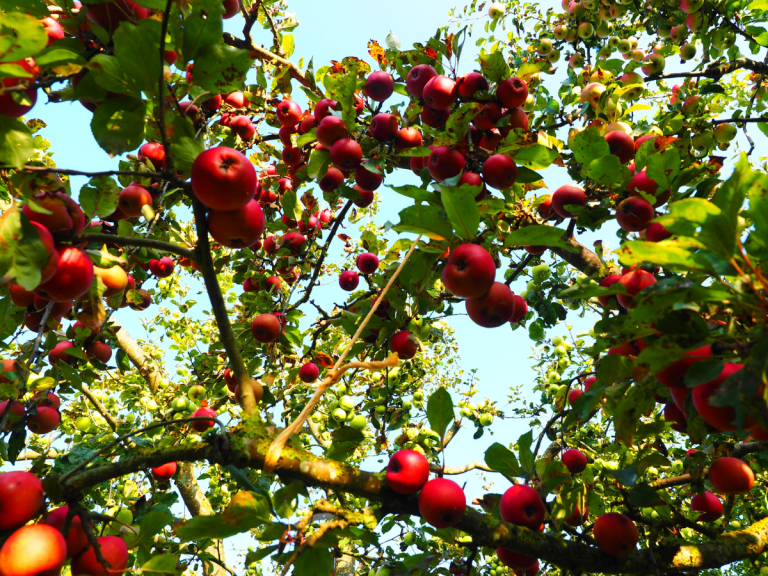
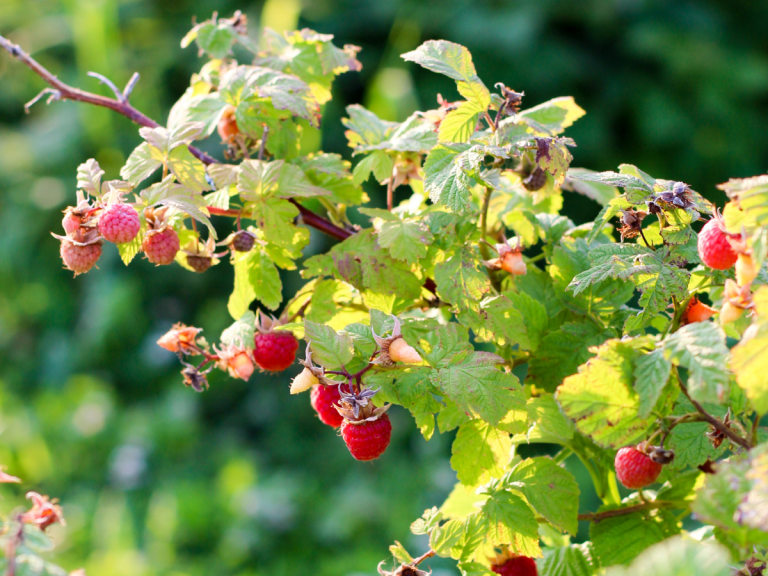
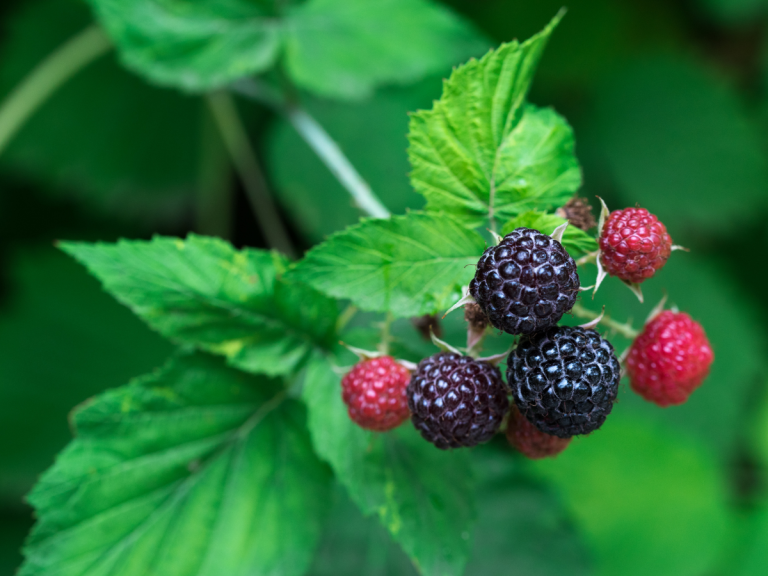
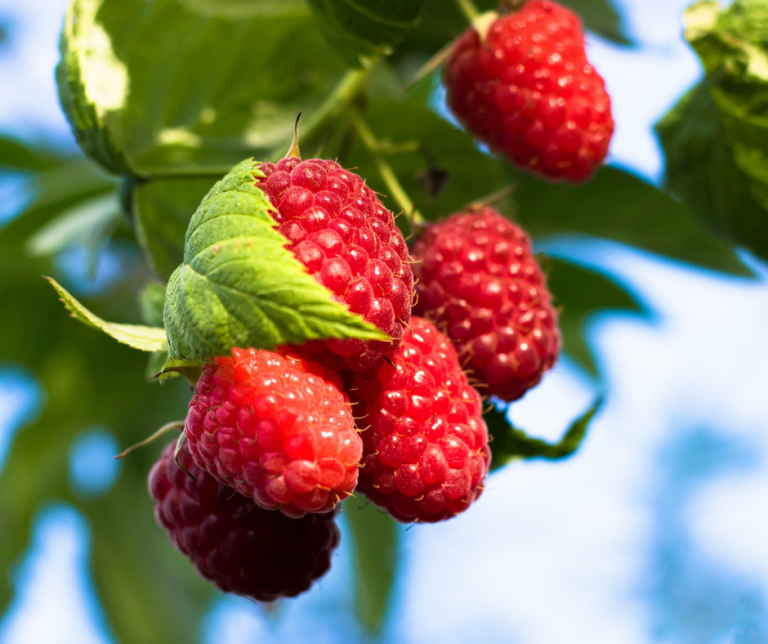
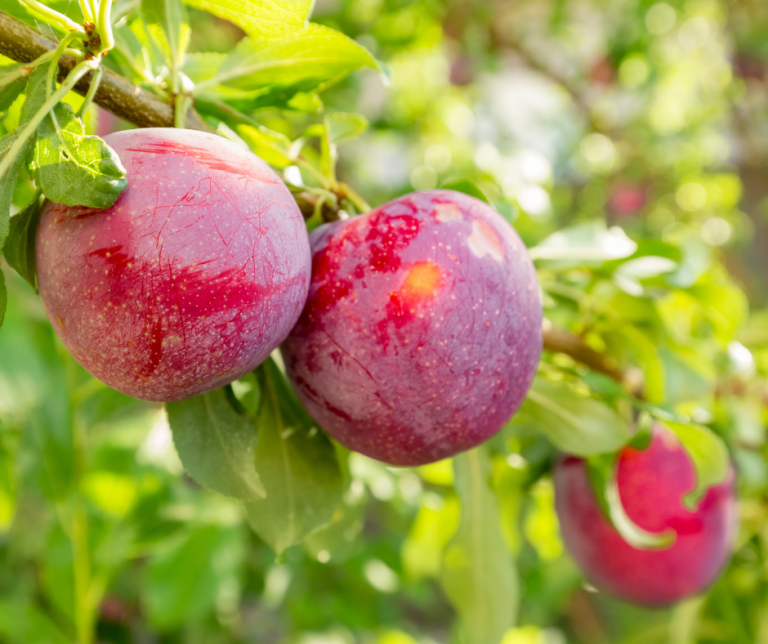
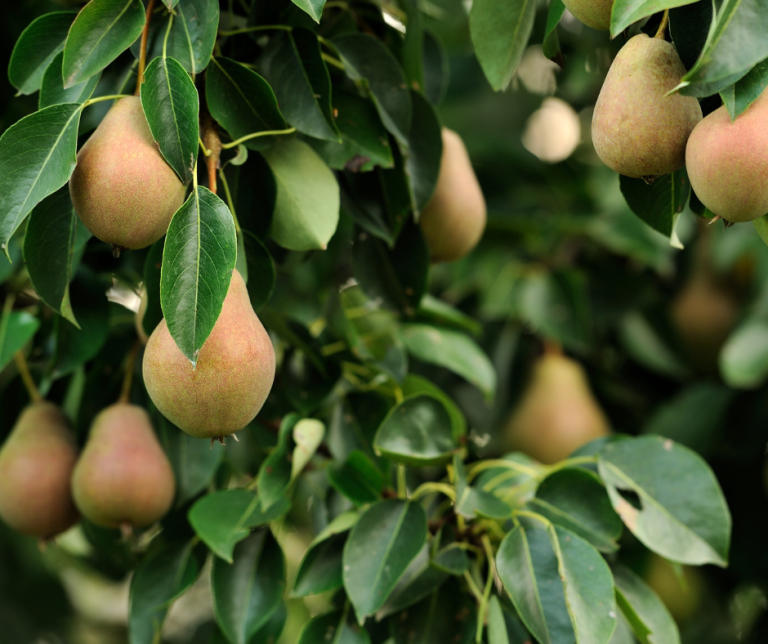
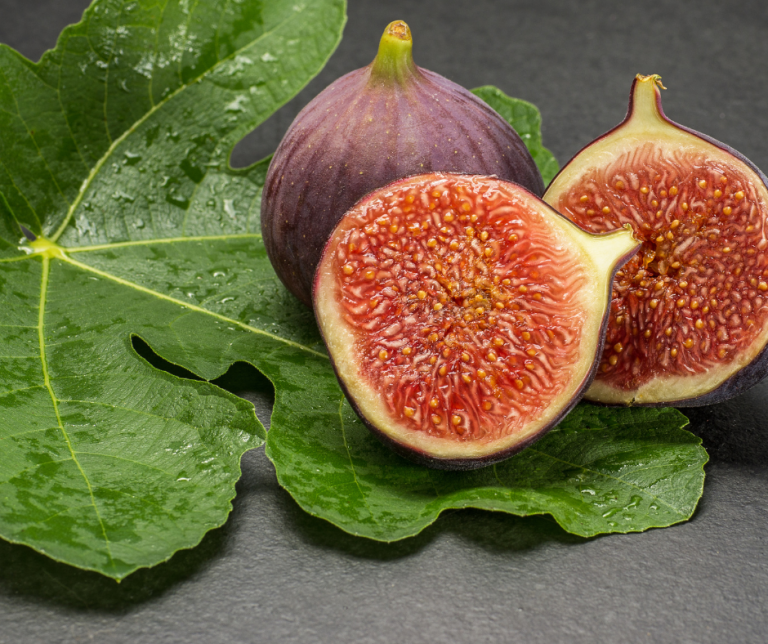
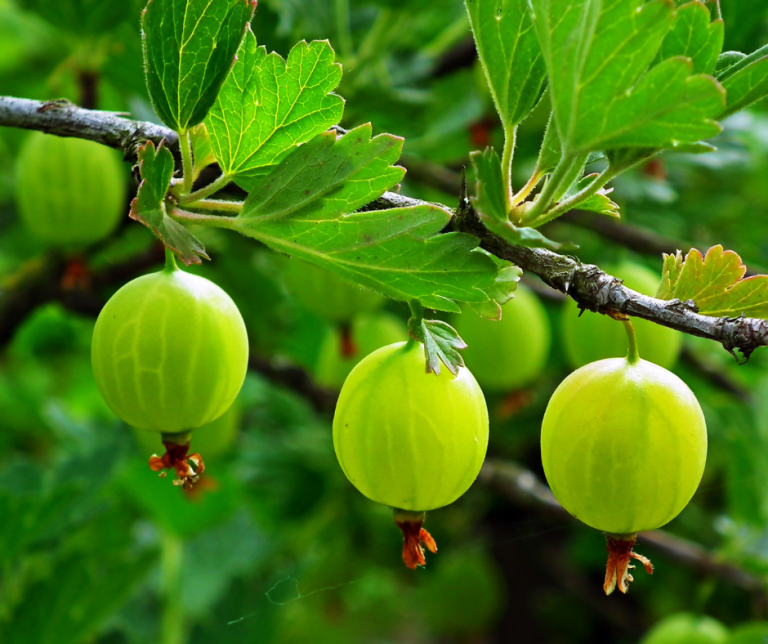
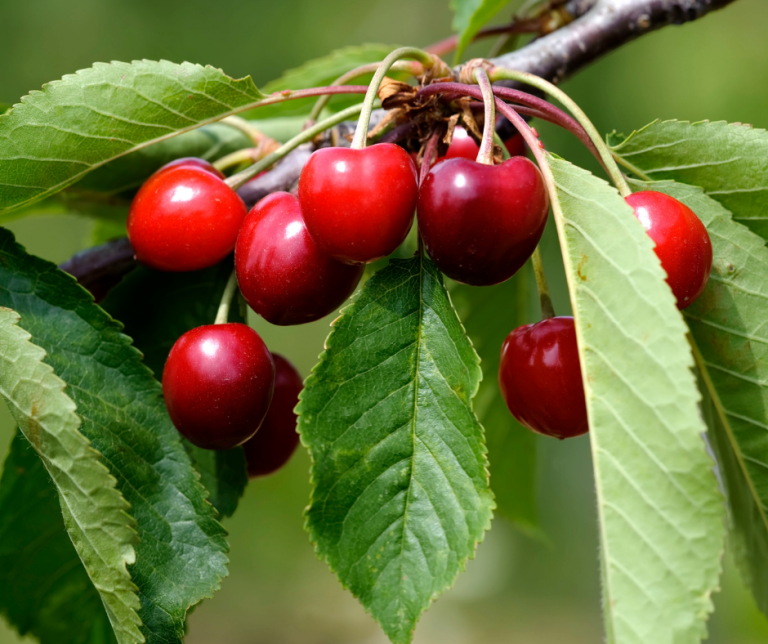
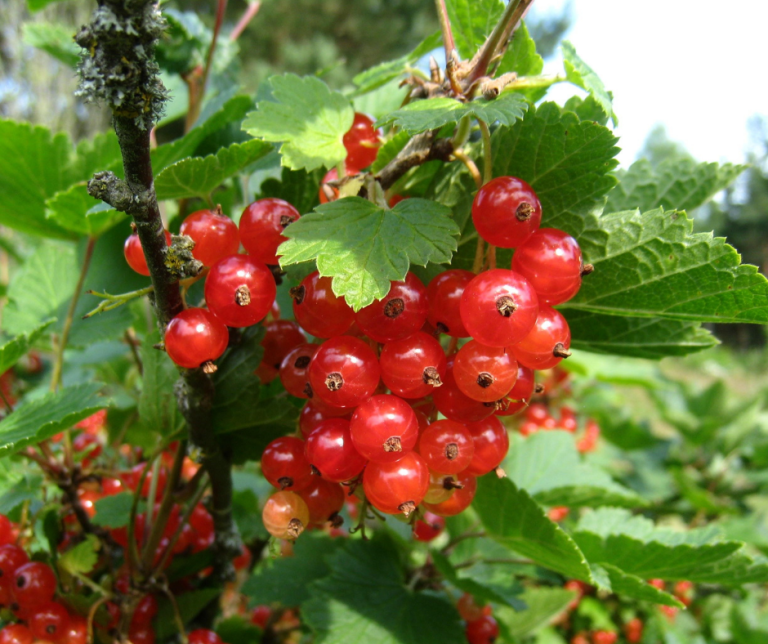
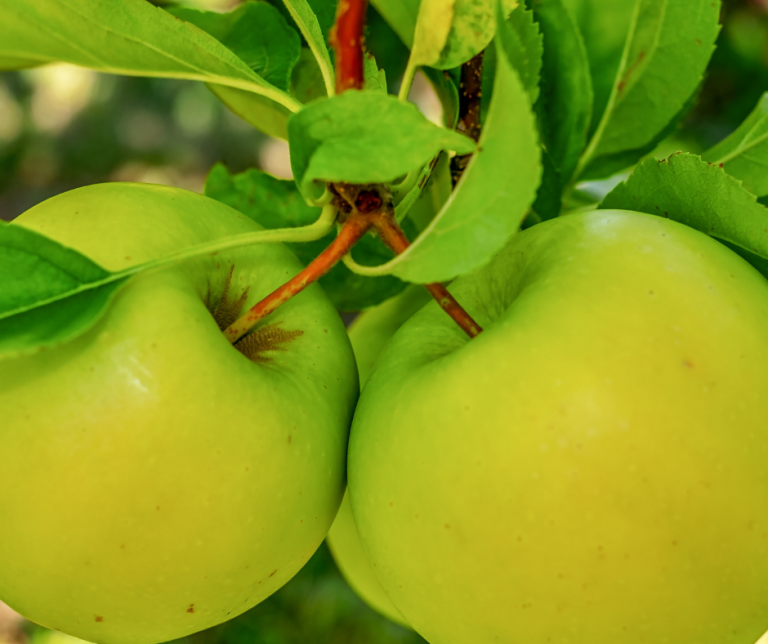
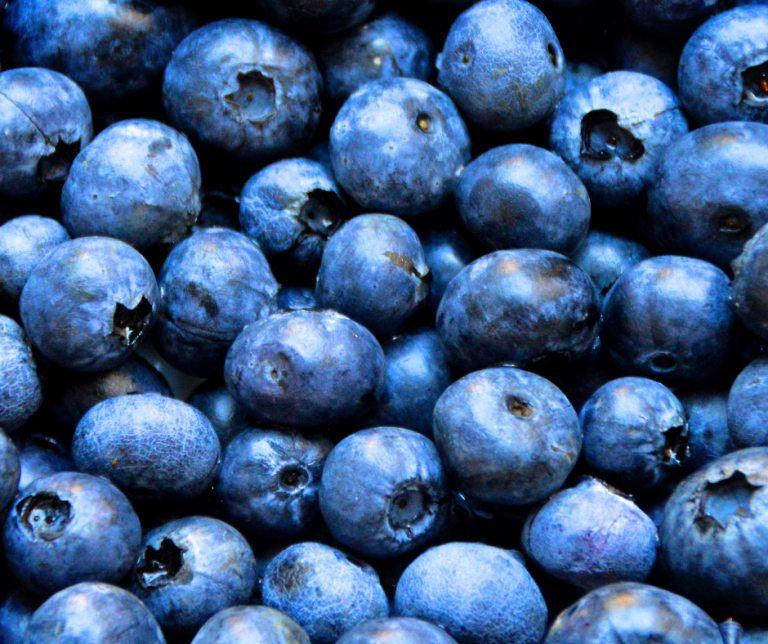
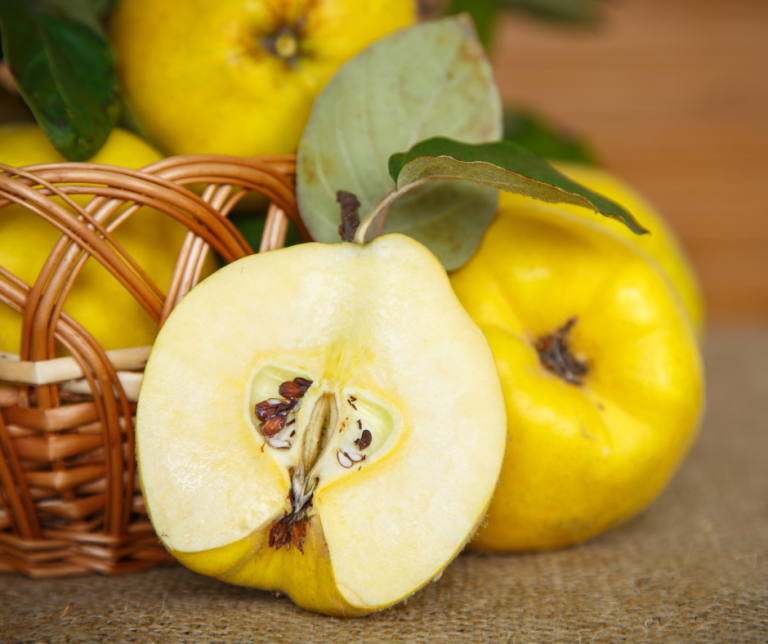
Budget-saving tips
- Start small
Try with one plant first to see how you get on. - Space-savers
You don’t need to buy a huge tree – Dwarf or Patio fruit trees are smaller, faster to produce fruit and easier to manage than standard size trees. They may not be as long-lived as the full size trees but are still a great alternative if you want to plant in pots. - Buy them bare
Bare-root trees and bushes are cheaper than potted ones, and they will quickly establish.
Bare-root fruit trees and bushes are available in their winter dormancy period (typically November – March).
When dormant, trees are less stressed, are easier to transplant and will establish better into your garden.
You may be able to pre-order them earlier.
Some fruit trees (like apple and pear) need to be cross-pollinated by a different variety of the same fruit.
Planting two varieties of apple tree within proximity to each other enables cross-pollination, increasing the yield.
Some trees may be listed as self-fertile, but they will still produce more fruit if cross-pollinated.
- High-yield bushes
Berry bushes like raspberries, blackberries and currants are reliable, low-cost and will often spread over time giving you more plants for free. - Share and swap
You can often share or trade cuttings or runners with other gardeners. This is a great way to add some variety without the additional costs. - Savvy planting
Use your space well, one idea is to try planting strawberries under fruit trees. Promote pollinators
Avoid using chemical pesticides and fertilizers. Provide habitat for solitary and bumblebees. Support pollinators by planning your garden to have food sources available throughout the year.
Grow From Seed – Sow What You Need
You should buy seeds from reputable suppliers. Look for suppliers that are part of recognised seed organisations (like Soil Association or Organic Seed Alliance in the UK) or that share transparent information about their seed sources.
Benefits:
- Quality Assurance – Seeds are tested for viability and germination rates, so you’re more likely to get healthy plants.
- Disease-Free Seeds -reputable companies screen for seed-borne diseases.
- True to type – you get what you order with reliable characteristics (flavours, colours, yield).
- Ethical Sourcing – Many trusted suppliers focus on sustainable, non-GMO and organic seed production.
- Growing support – Most good seed companies will provide information and guides for germination and growing.
Risks of Poor-Quality Seeds:
- Low germination rates – wasting money, time and effort.
- Wrong varieties – unexpected/disappointing results or poor performance.
- Diseases or Pests – possible introduction of disease or pests into garden.
Our Recommendation:
A great UK option is JustSeed.com which offers a wide range of reliable seeds at affordable prices.
One of our favourite things with JustSeed is the range of sizes – from smaller economy packs to large bulk sizes.
Tip: Buying in bulk can be more cost effective, especially if sharing with friends.
If you choose to buy seeds through this link, I may earn a small commission — it helps me keep sharing gardening tips, and it won’t cost you anything extra.
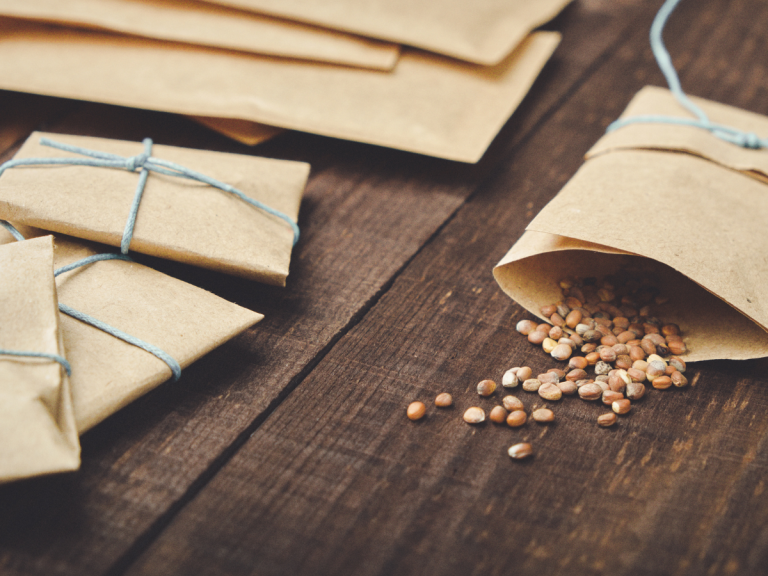
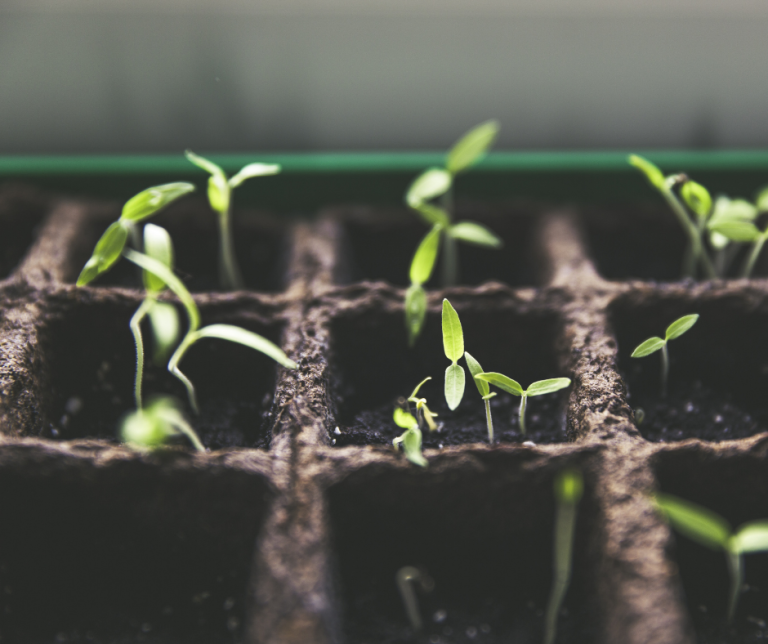
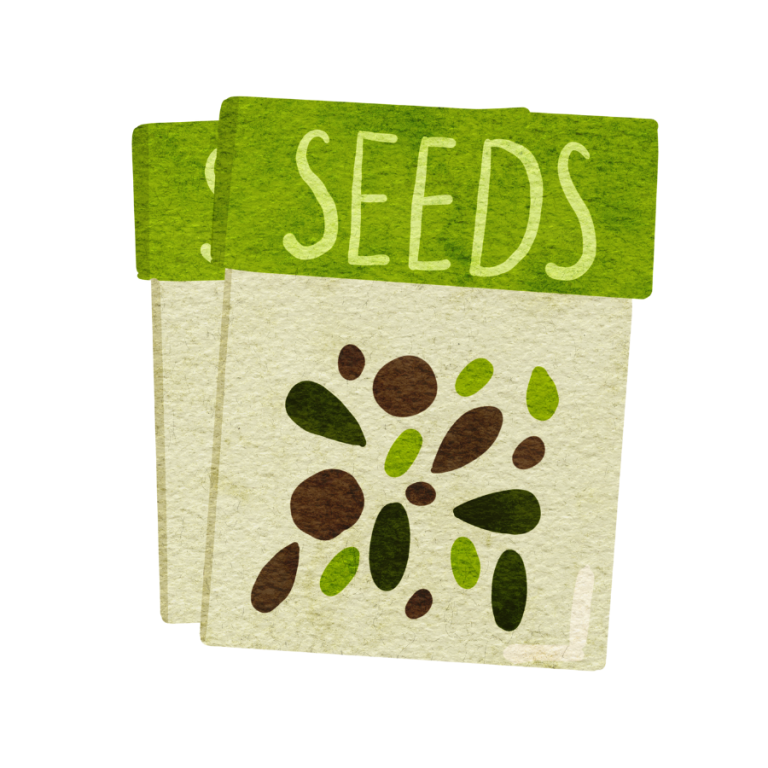
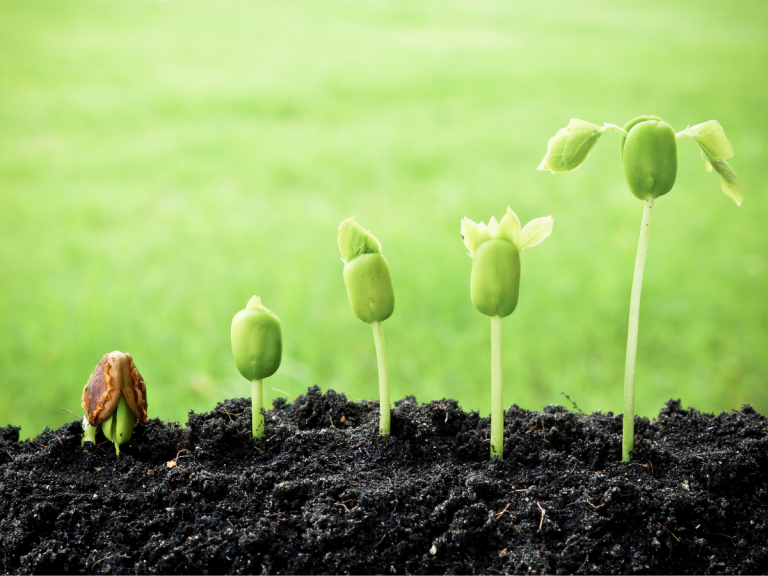
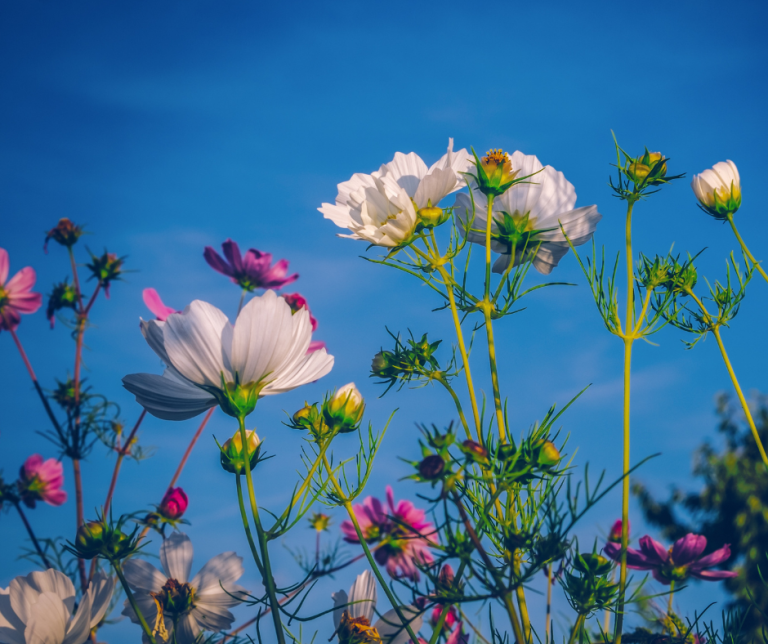
Growing from seed can be much more cost effective. A packet of seeds typically costs less than a cup of coffee but can provide dozens – sometimes hundreds – of plants.
With some patience, you can grow plants or crops for a fraction of the cost of a potted plant.
Why grow from seed?
- Cost-effective: One packet of seeds can give you a garden’s worth of plants.
- Variety: Rather than being limited to what is available in your local garden centre, seeds can provide a wider range of options. Seeds can be transported easily without the risk of damage.
- Self-sufficiency: Many plants will finish by producing seeds, these can either self-seed (by dropping naturally) or you can collect the seeds and sow them again next year.
- Seedling satisfaction: Watching seeds begin to sprout and grow to a flowering or fruiting plant can be incredibly rewarding.
- Save some for next season: Often seed packets will grow more plants than you can handle. Not every seed will germinate, always sow a little more than you think you’ll need. – sow enough and save the remaining seeds for next year.
Growing from Cuttings
There’s a lot of plants that can be grown easily from cuttings. You can take cuttings from some of your existing plants and grow some more – for free!
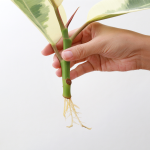
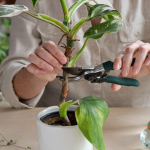
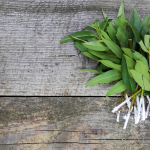
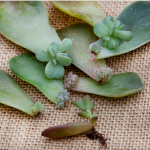
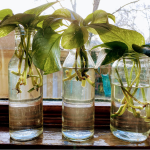
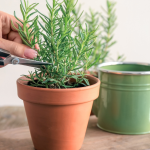
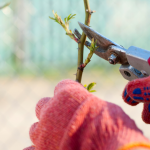
Share with Friends
Often gardeners will share or trade cuttings and seeds with each other.
High Yield Crops
When you have a budget, it makes sense to get the most out of your money.
Some crops give a generous harvest whilst using minimal space.
Some of the best high-yielding crops for your garden:
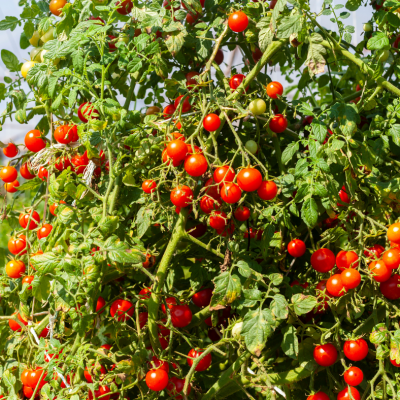
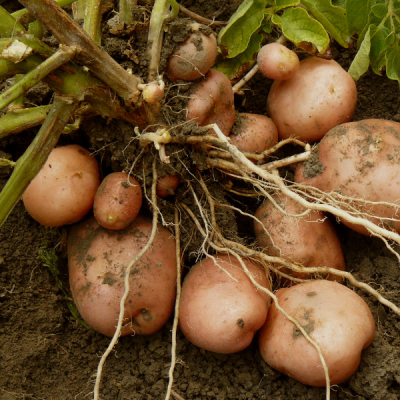
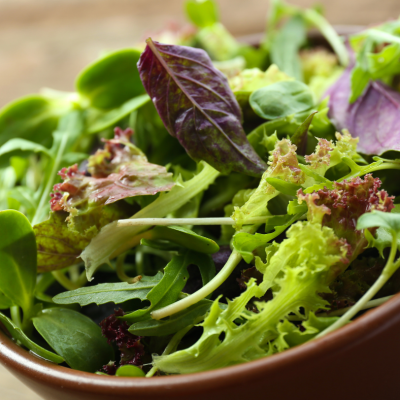
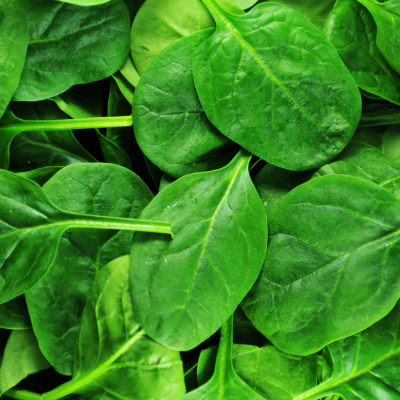
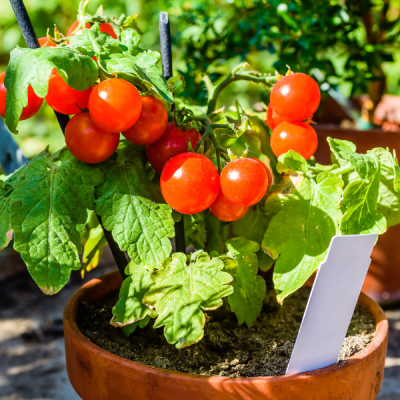
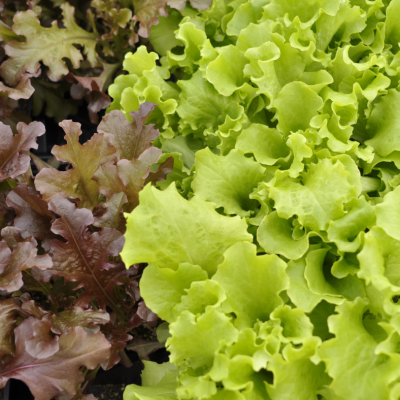
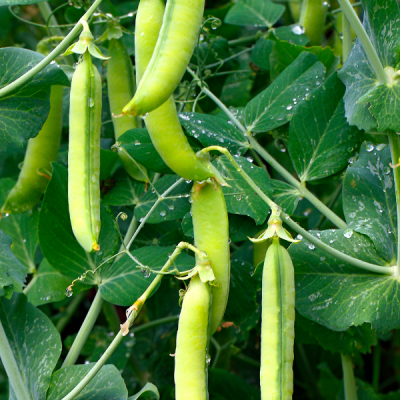
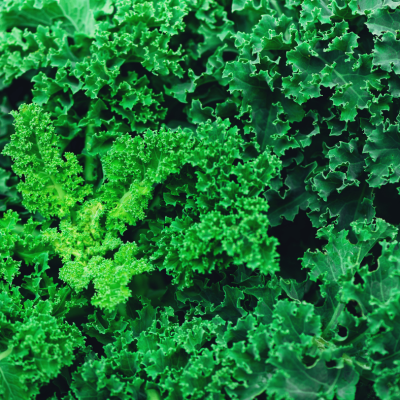
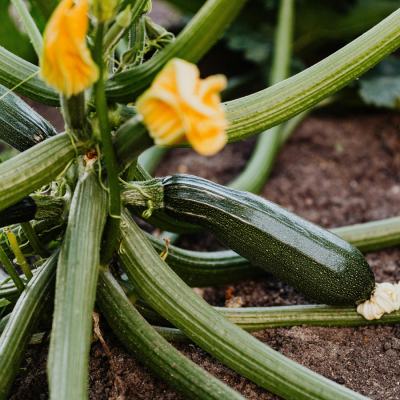
Companion planting
Companion planting isn’t simply about which plants look best together – but it can also cut costs and reduce maintenance.
Benefits of companion planting can include:
- Natural Pest Control
- Maximising your garden space
- Soil health
- Supporting pollinators
- Microclimate and shade benefits
Buy plugs, not pots
When shopping around for your plants, the options usually include potted plants and plug plants.
Plug plants are young plants that are bigger and stronger than seedlings, but not as established as the more mature potted plants.
Often sold as mini plugs, standard plugs, postiplugs or jumbo plugs, dependent on their size.
Why plugs over pots?
- Cheaper Costs
Plug plants usually cost much less than full grown potted plants. You can generally buy a whole tray of plugs for the price of one potted plant. - More for your money
Buying as plugs allows you to get a quantity of smaller plants. Ideal for mass planting in veg or flower beds. - Transport costs.
If you are ordering online – plugs are smaller and lighter, making delivery costs lower. - Easy to grow on:
You can plant plugs directly in the ground (its worth checking the label if they are vulnerable to bad weather) or you can pop them in bigger pots for a few weeks to grow on, and they will soon catch up with their potted alternatives.
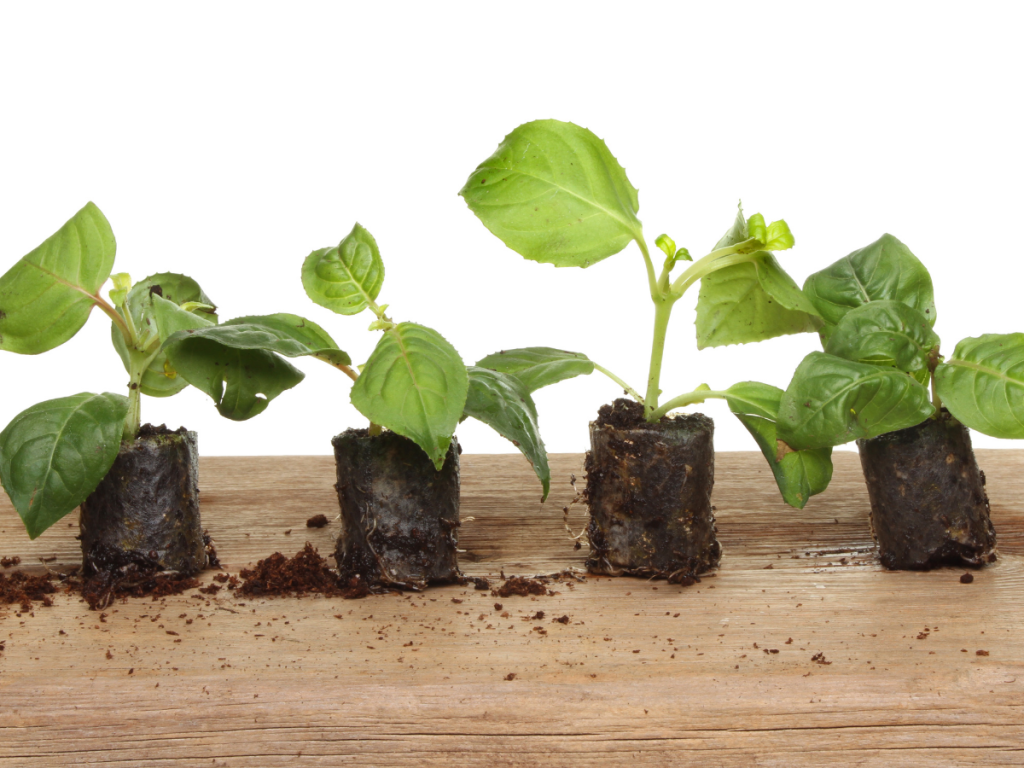
When to choose pots?
- If you only want one or two statement plants, buying pots rather than a tray of plugs makes sense.
- If you are planting late in the season, it’s best to buy an established plant in a pot – especially when growing crops.
- If you want an instant impact and don’t want to wait for plugs to catch up.
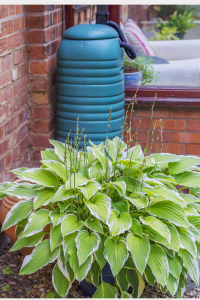
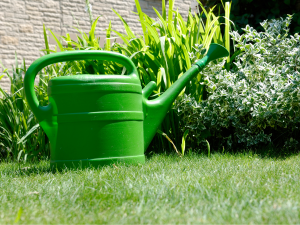
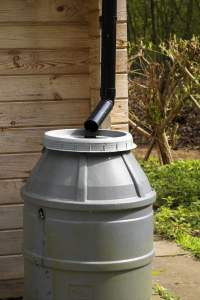
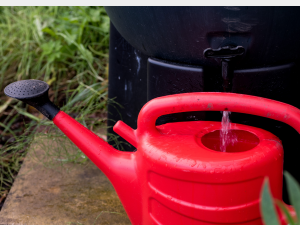
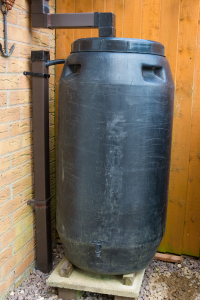
Water wisely
The less water you use, the less your water bill will cost you.
- Not all plants needs daily watering, if you are unsure – check the label or look online.
- Using a watering can, rather than a hose or sprinkler, will reduce the amount of water being used.
- Using water butts, to collect rainwater for watering your plants, will help keep costs low.
Timing is key! One of our favourite ways to save money is buying plants at the end of season.
Garden centres and nurseries will often dramatically reduce the prices to clear the old stock to make space for the new.
This is a great chance to bag a bargain.
At the end of the season, flowers and foliage begins to die back from many plants. When this happens, they can often end up being a fraction of the full price.
Perennials and bulbs can look past their best but will come back beautifully in your garden next spring.
Shrubs, bushes and trees can be expensive at full price, discounts can make these affordable and will generally establish well for next year.
Annuals are often sold off with huge discounts as they tend to not to last too long after this point – but they can add a great splash of colour for the rest of the year. Also you may be able to collect the seeds (or let them self-seed) for the following year.
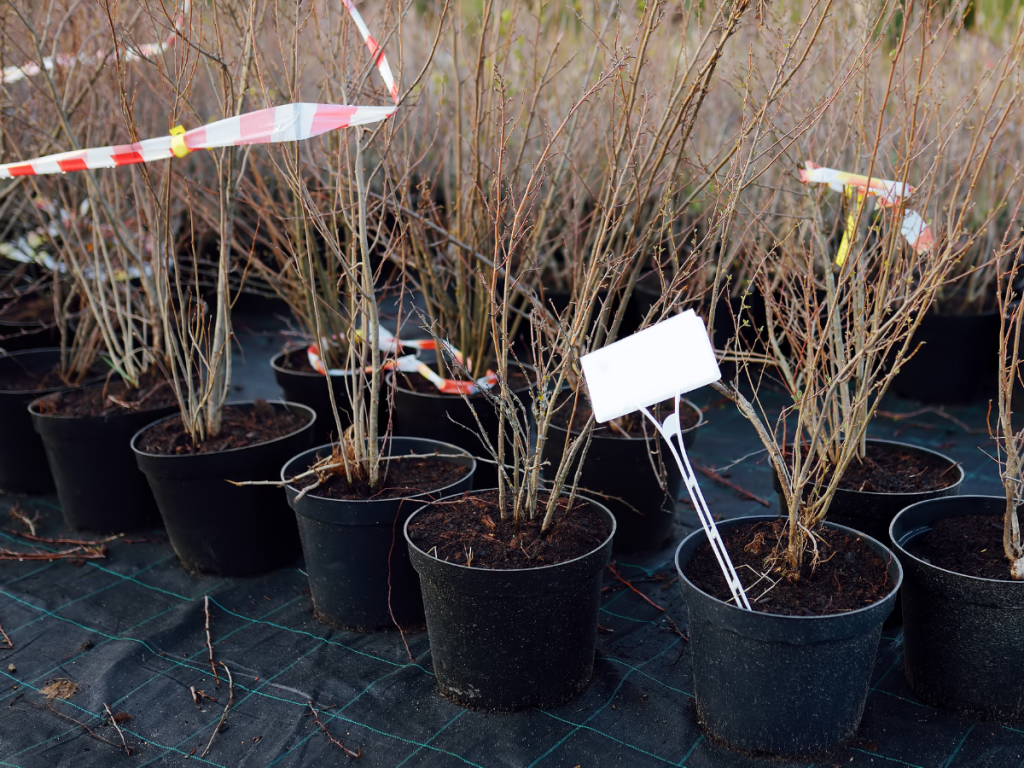
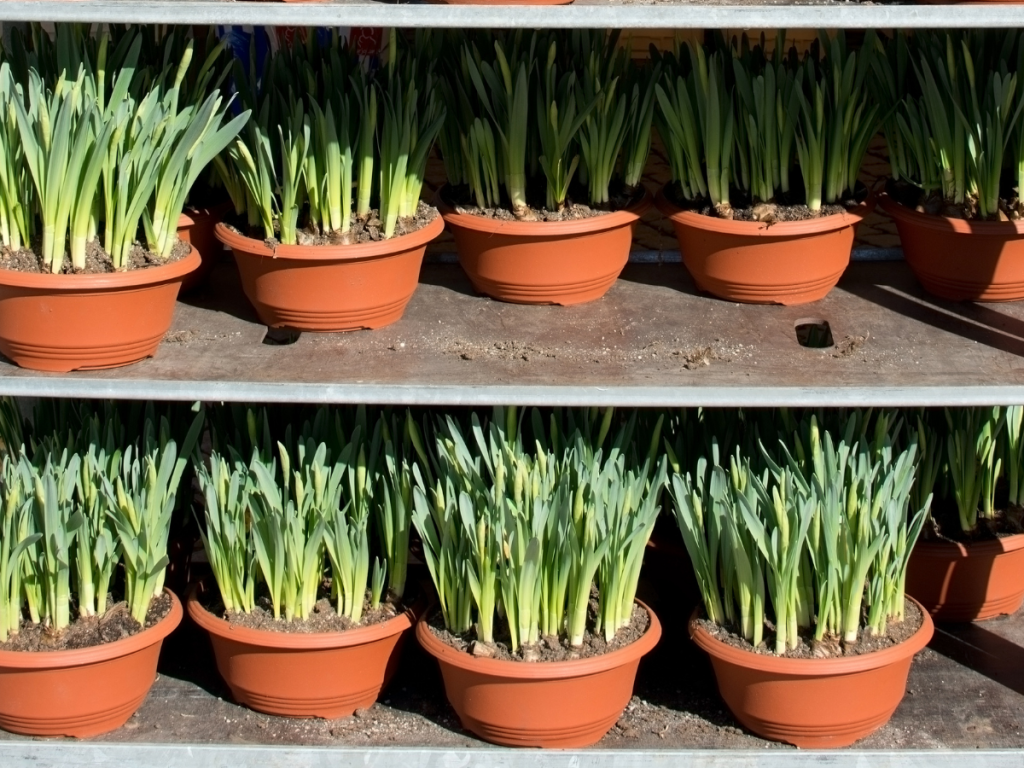
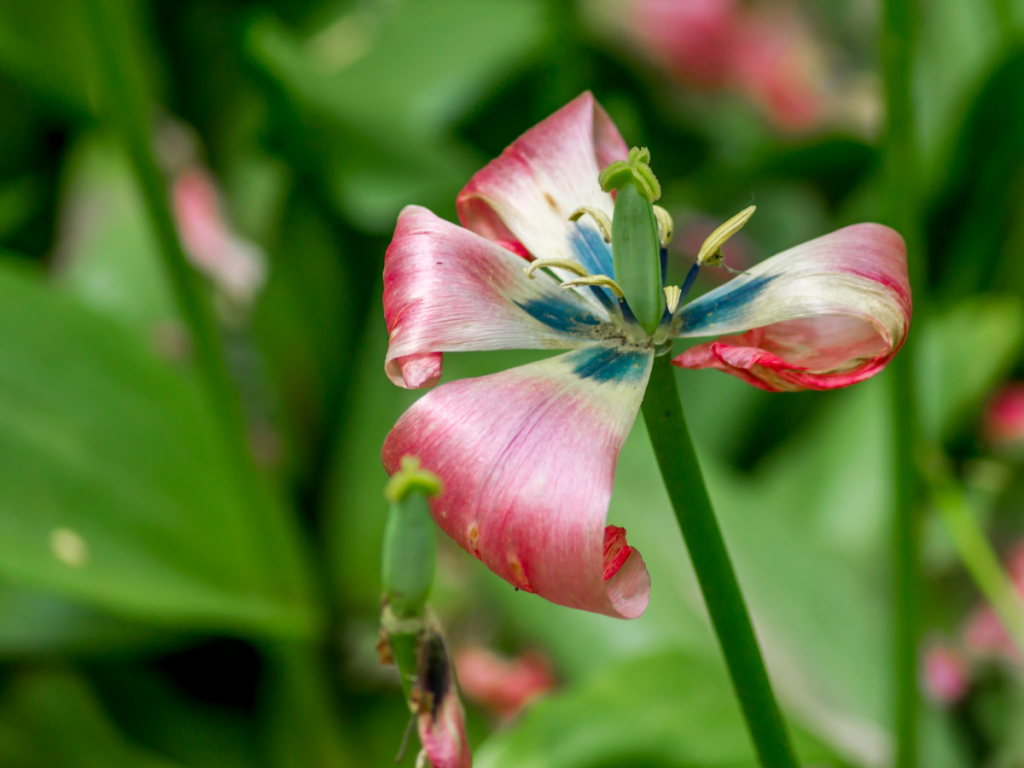
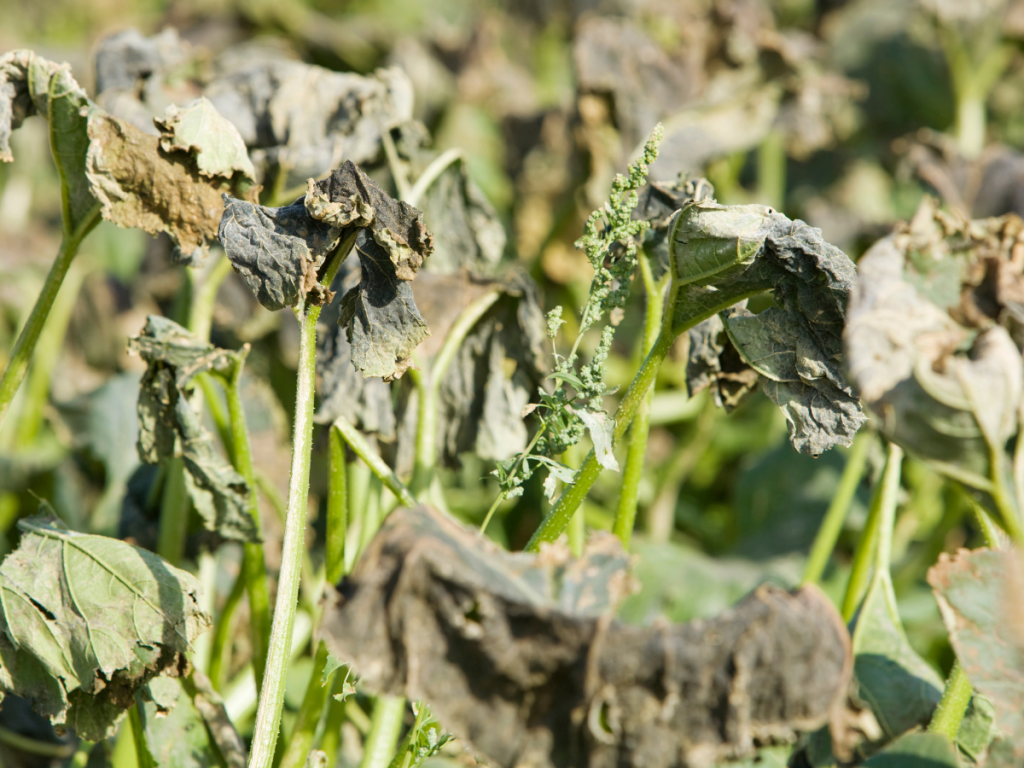
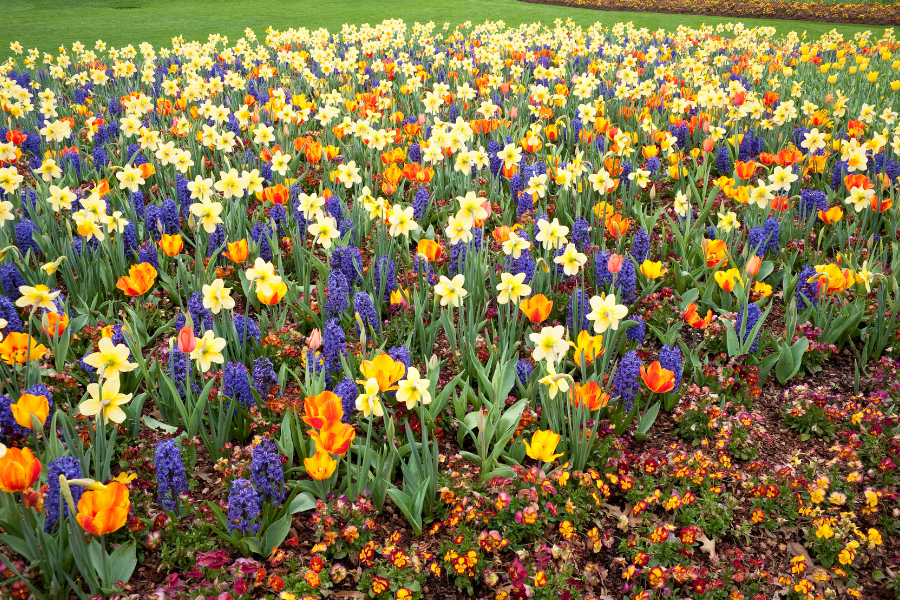
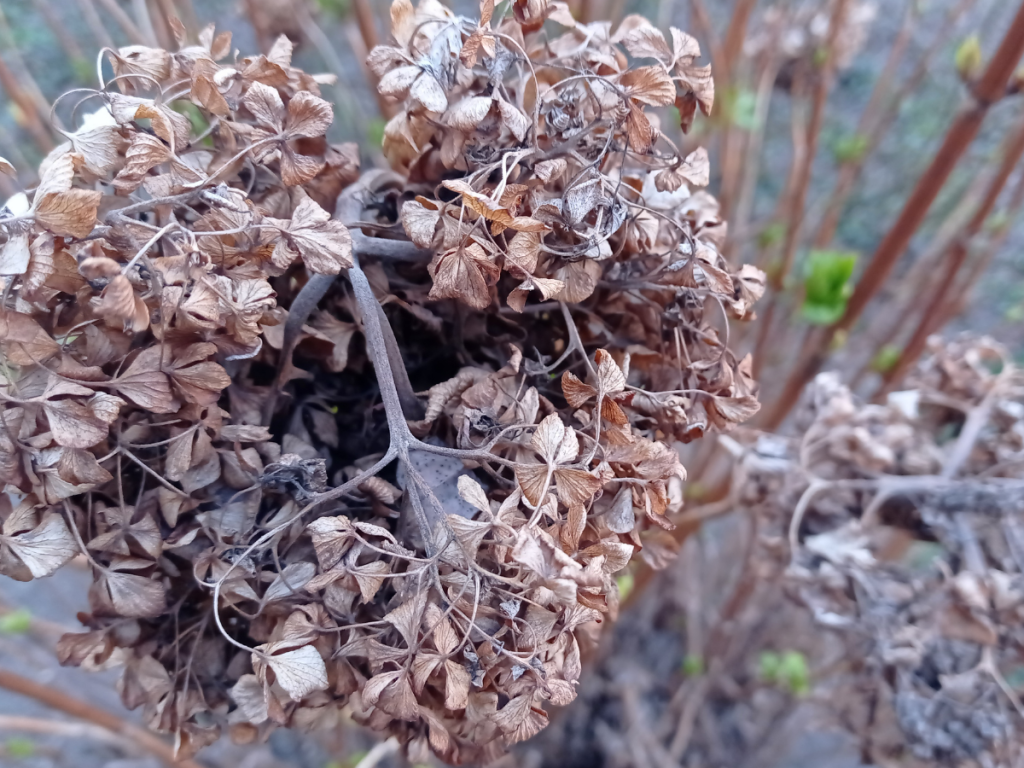
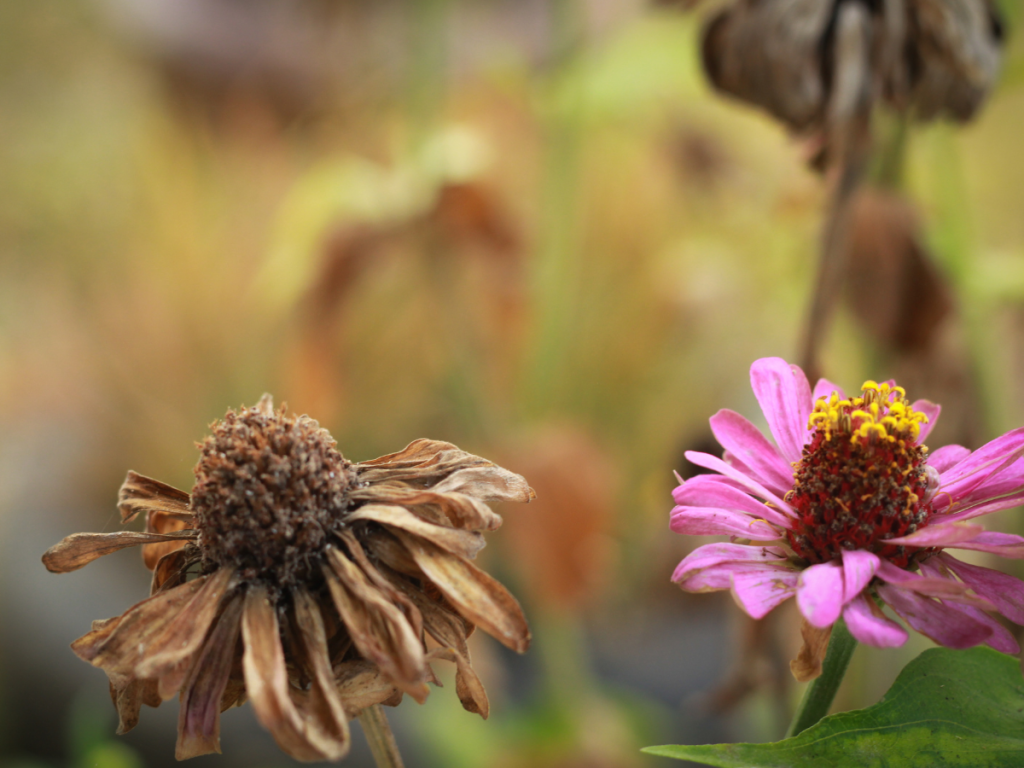
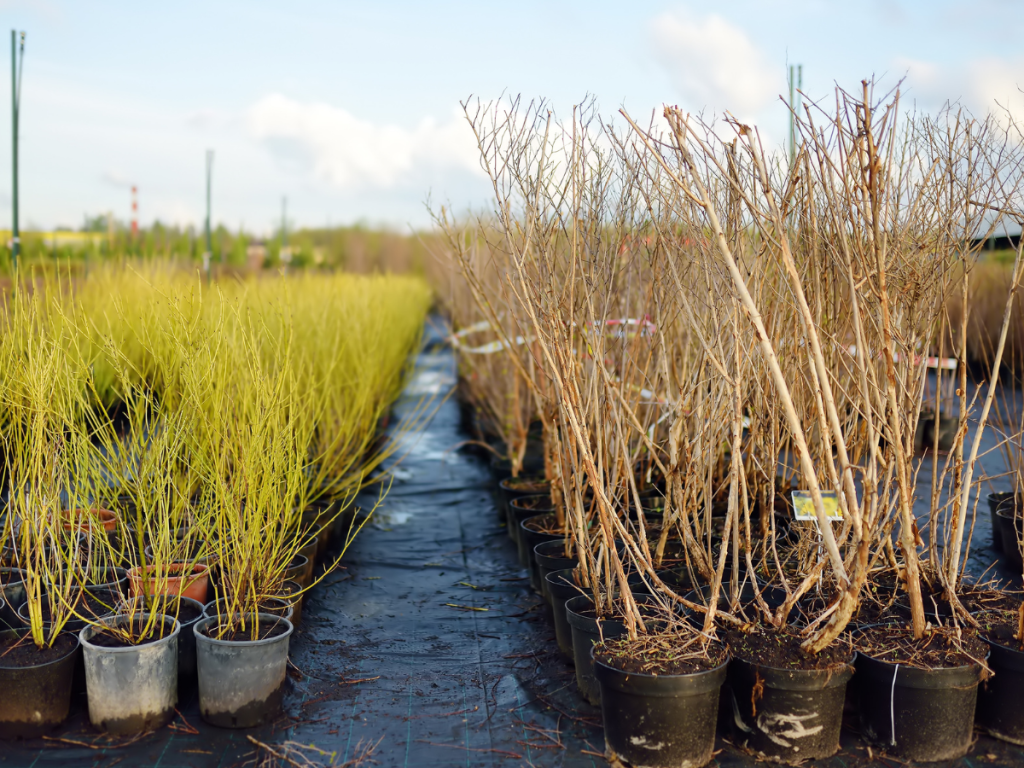
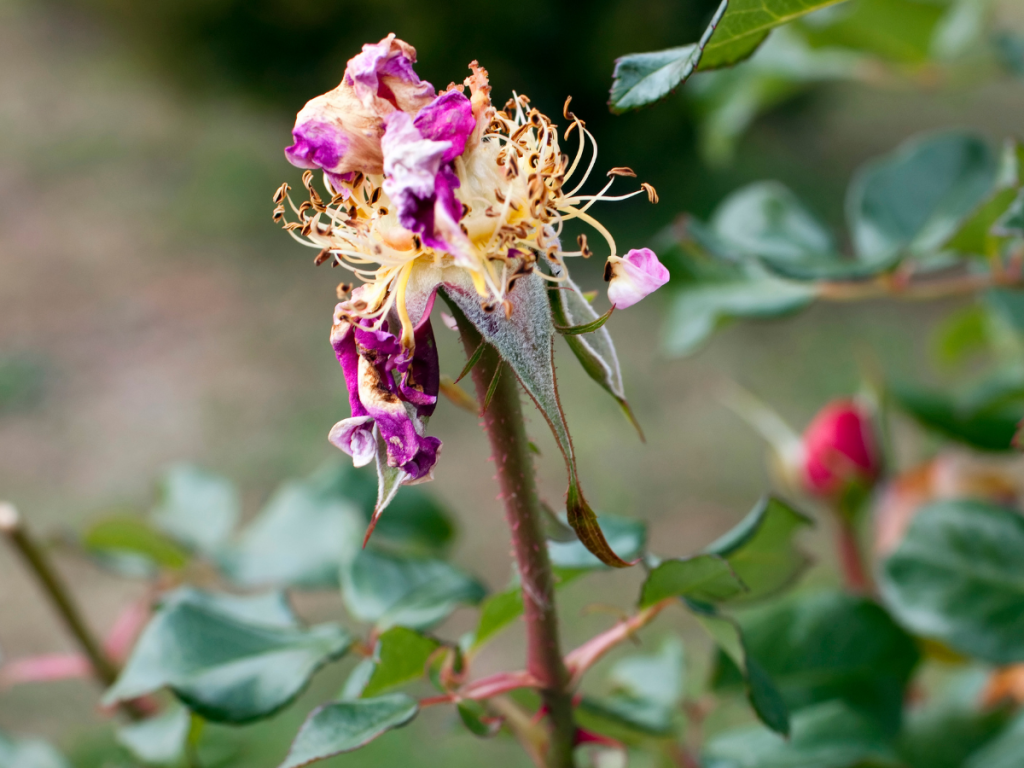
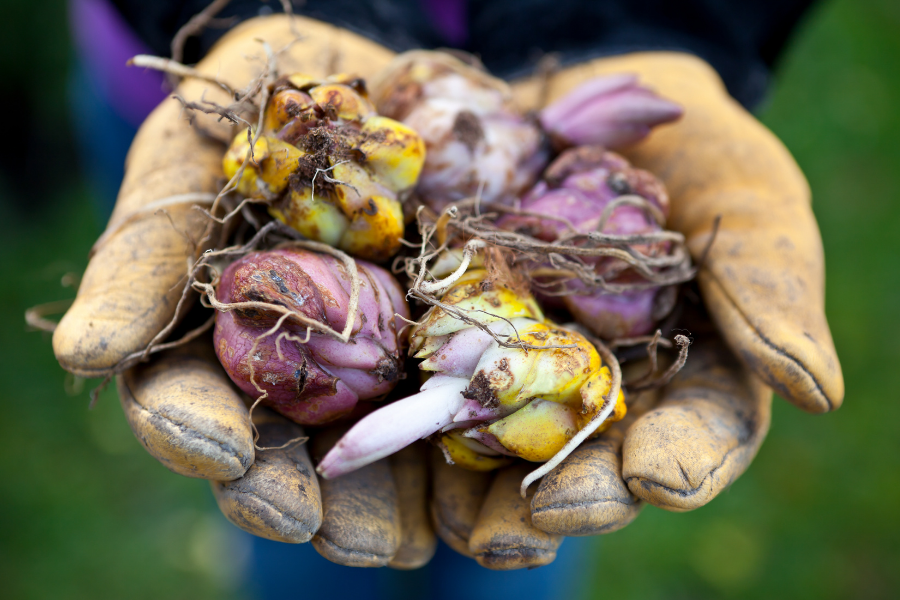
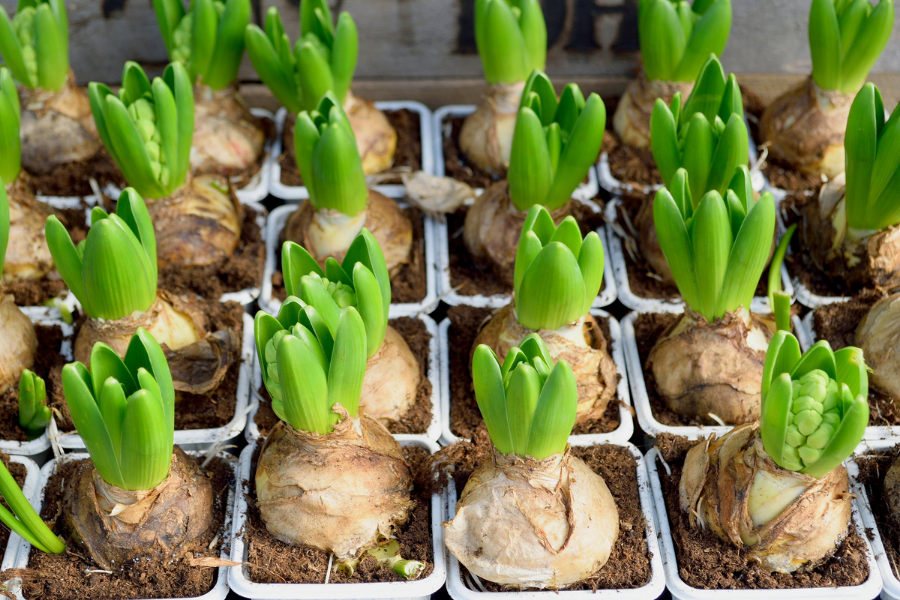
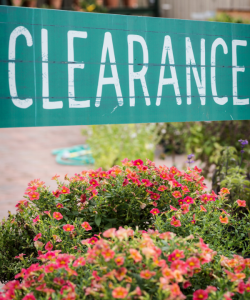
Plant Clearance Tips:
- Check plant health- Avoid any that have mould, rotting stems or visible pests. Yellow leaves or dead foliage are fine – a bit of pruning can sort this out.
- Prioritise perennials and hardy plants- Check the label or google it online if you are unsure.
- Think long-term– maybe it doesn’t look impressive now, but next season they will come back strong and beautiful.
Grow with Confidence: Trusted Suppliers & Local Nurseries
For healthy, high-yielding gardens, we recommend sourcing from trusted UK suppliers like D.T. Brown, Mr Fothergill’s, and JustSeed.com. They offer top-quality seeds and plants—including fruit trees and bushes—with excellent germination rates and eco-conscious practices.
Supporting local nurseries means access to regionally adapted plants, expert advice, and a chance to connect with your gardening community.
Affiliate disclosure: I only recommend products I trust, and purchases made via these links may earn me a small commission
